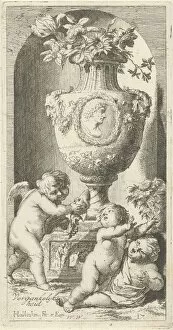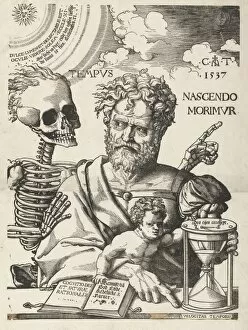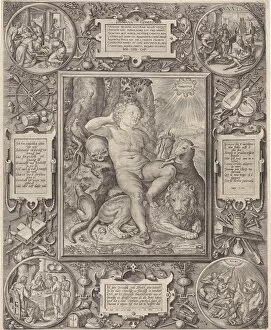Impermanence Collection
"O Mistress Mine, Where Are You Roving?" sings the song from Twelfth Night, reminding us of the fleeting nature of life
All Professionally Made to Order for Quick Shipping
"O Mistress Mine, Where Are You Roving?" sings the song from Twelfth Night, reminding us of the fleeting nature of life. In this world filled with constant change and transience, we often find ourselves valuing temporary pleasures over eternal joy. As depicted in various allegorical artworks throughout history, such as "Allegory of Speech" by Anonymous and Hendrick and Dirk Boom in 1685 or "Allegory of Transcience" by Arnold Houbraken in 1710-1719, these visual representations capture the essence of impermanence. One cannot escape the truth that everything is subject to decay and passing time. Just like Cornelis Anthonisz's painting "The Impermanence" from 1537 or Jan de Groot's "Allegory of Transience (Vanitas)" from 1745, they serve as reminders that nothing lasts forever. Even biblical scenes portrayed on eleven medallions by an anonymous artist in 1592 or the coat of arms of Cleves, Mark and Gulik also emphasize this notion. In contemplating our existence within this complex world, Johannes Wierix's depiction titled "Allegorie on the Complexity of the Human, " along with Willem van Haecht's contribution (I), highlights how humans are constantly confronted with impermanence. It serves as a reflection upon our mortality and encourages us to cherish every moment we have. Impermanence surrounds us all; it is an undeniable truth woven into the fabric of our lives. Through artistry spanning centuries, artists have sought to capture its essence - whether through songs or paintings - reminding us to appreciate what we have while it lasts because ultimately everything shall pass away.








